
About Panchnama:
- The word PANCHNAMA literally means “record of observation by five people”.
- A Panchnama is a document having legal bearings that records evidences and findings that an officer makes at the scene of an offence/crime.
- However, it is not only the recordings at the scene of a crime; it can be anywhere that may be related to the crime/offence and from where incriminating evidence is likely to be collected.
- The word Panchanama is not used as such or defined particularly anywhere in any book of law, but the same can be read into Section 100 under Chapter VII of The Code of Criminal Procedure, 1973 (Cr.P.C.), which mandates an Investigating Officer to prepare PANCHNAMA.
- Reason behind the word "Panchanama":
- In the ancient judicial system in India, the justice system at the lowest rung, i.e., village level, which is still the case in certain kinds of issues, was in the form of Panch, which is a group of five elected learned members of the village who would preside and decide over a dispute amongst the villagers.
- In the said system, the proceedings before the Panch that were recorded on paper, were often called a Panchanama.
- From this practice, the word was adopted for a document prepared by the investigating office noting facts and the proceeds of an investigation.
- There are different kinds of Panchnama prepared during an investigation, which are categorized as search, seizure, recovery, discovery, arrest, inquest, and test identification parade.
- Out of these, some are a part of the mandatory procedures laid down in different provisions of the Cr.P.C and others are performed to the establish genuineness of the investigation.
- Contents of Panchanama:
- There is no guidance or prescription about the contents of Panchanama under CrPC or any other statute.
- The witnesses are called "Panchas".
- It is to be noted that the Panchas are to be two or more independent and respectable persons, e. persons who are not of disrepute.
- If there are no eyewitnesses to an offence and the case is totally based on circumstantial evidence, then such a Panchanama is of immense value.
- The Panch (witness) can refresh his memories while giving evidence in the Court as per Section 159 of the Indian Evidence Act, 1872.
- What is the need for the Panchanama?
- It is one of the essential parts of criminal as well as civil investigation procedures.
- In criminal investigation, it is used to support evidence of the investigation conducted at the crime scene, seizure, if any from accused, identification of the accused, etc.
- In civil cases, it is used to show that the decree has been executed by handing over possession of the property as directed in the decree.
- The provision of the Panchanama is made to convince the Court that the officer-in-charge has in fact carried out the investigation, search, or seizure or has acted upon the directions of the Court if so directed.

About AUKUS:
- Established in 2021, the AUKUS is intended to be a strategic partnership among Australia, the United Kingdom (UK), and the United States to bolster their allied deterrence and defense capabilities in the Indo-Pacific.
- The trilateral partnership, which builds on their decades-long security cooperation, has two pillars.
- Pillar I revolves around the acquisition and development of conventionally armed nuclear-powered submarines for the Royal Australian Navy;
- Pillar II calls for collaboration on advanced capabilities that will involve technology and information sharing;
- What is the submarine component?
- It is designed to equip Australia with nuclear-powered attack submarines (SSNs).
- In total, Australia will end up with eight of the new nuclear submarines, called SSN-AUKUS.
- Those submarines will be based on a British design but have American technology or an American combat system.
- The deal marks the first time the US has shared nuclear propulsion technology with an ally other than the UK.
- It will significantly enhance Australia’s undersea capabilities in the Indo-Pacific.
- These countries, however, made it clear that their aim is not to arm the new submarines with nuclear weapons. This is because Australia is a signatory to the Nuclear Non-proliferation Treaty (NPT), which bans it from acquiring or deploying nuclear weapons.

About the Controller General of Accounts (CGA):
- CGA, in the Department of Expenditure, Ministry of Finance, is the Principal Accounting Adviser to the Government of India.
- It was established in October 1975 to administer matters pertaining to the departmentalisation of the accounts of the Union.
- Functions:
- CAG is responsible for establishing and managing a technically sound management accounting system.
- The Office of CGA prepares monthly and annual analysis of expenditure, revenues, borrowings, and various fiscal indicators for the Union Government.
- It further formulates policies relating to general principles, forms, and procedures of accounting for the Central and State Governments.
- It administers the process of payments, receipts, and accounting in the Central Civil Ministries/ Departments.
- Through its Internal Audit Units in the respective Ministries/Departments, it is responsible for maintaining the requisite technical standards of accounting in the departmentalized accounting offices and for monitoring the financial performance and effectiveness of various programs, schemes, and activities of the civil ministries.
- It also administers banking arrangements for the disbursements of Government expenditures and the collection of government receipts and interacts with the Central Bank for the reconciliation of cash balances of the Union Government.
- CGA is also responsible for coordination and monitoring the progress of the submission of corrective/remedial action taken notes (ATNs) on the recommendations contained in Public Accounts Committee’s (PAC) reports as well as the Comptroller & Auditor General (CAG) reports through its web based Audit Para Monitoring System (APMS).
- It also looks after the pensions of the Central government employees.
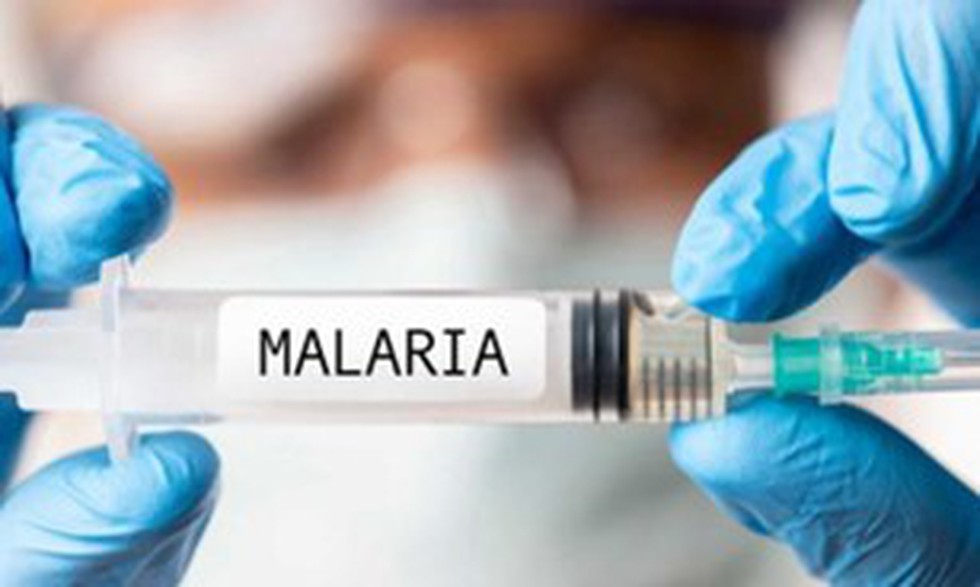
Why in the news?
- The R21 vaccine is the second malaria vaccine recommended by the WHO, following the RTS,S/AS01 vaccine, which received a WHO recommendation in 2021.
- WHO is now reviewing the vaccine for prequalification, which is the WHO stamp of approval, and will enable GAVI (a global vaccine alliance) and UNICEF to buy the vaccine from manufacturers.
About the R21/Matrix-M Vaccine:
- It is a new vaccine approved for the prevention of malaria in children.
- It was developed by the University of Oxford and the Serum Institute of India with support from the European and Developing Countries Clinical Trials Partnership ('EDCTP'), the Wellcome Trust, and the European Investment Bank ('EIB').
- It is the first malaria vaccine to reach the WHO’s target of 75% efficacy.
- It has already been approved for use in Burkina Faso, Ghana, and Nigeria.
- The vaccine will be rolled out in those African countries in early 2024 and will be available in mid-2024 in other countries.
What is malaria?
- It is a life-threatening disease caused by parasites that are transmitted to people through the bites of infected female Anopheles mosquitoes.
- There are 5 parasite species that cause malaria in humans, and 2 of these species, Plasmodium falciparum and Plasmodium vivax, pose the greatest threat.
- Malaria is common in tropical areas where it’s hot and humid.
- Children under 5 years of age are the most vulnerable group affected by malaria.
- Symptoms:
- The signs and symptoms of malaria are similar to flu symptoms. They include:
- Fever and sweating.
- Chills that shake your whole body
- Headache and muscle aches.
- Fatigue.
- Chest pain, breathing problems, and cough.
- Diarrhoea,nausea and vomiting.
- As malaria gets worse, it can cause anemia and jaundice.
- The most severe form of malaria, which may progress to a coma, is known as cerebral malaria. This type represents about 15% of deaths in children and nearly 20% of adult deaths.
- The signs and symptoms of malaria are similar to flu symptoms. They include:
- Treatment:
- It is preventable and curable. With early treatment, most people with malaria will make a full recovery.
- Some drugs are given in combination with other drugs. The type of parasite will determine the type of medication.
- The main antimalarial drugs are:
- chloroquine
- hydroxychloroquine
- primaquine
- artemisinin-based therapy
- atovaquone-proguanil
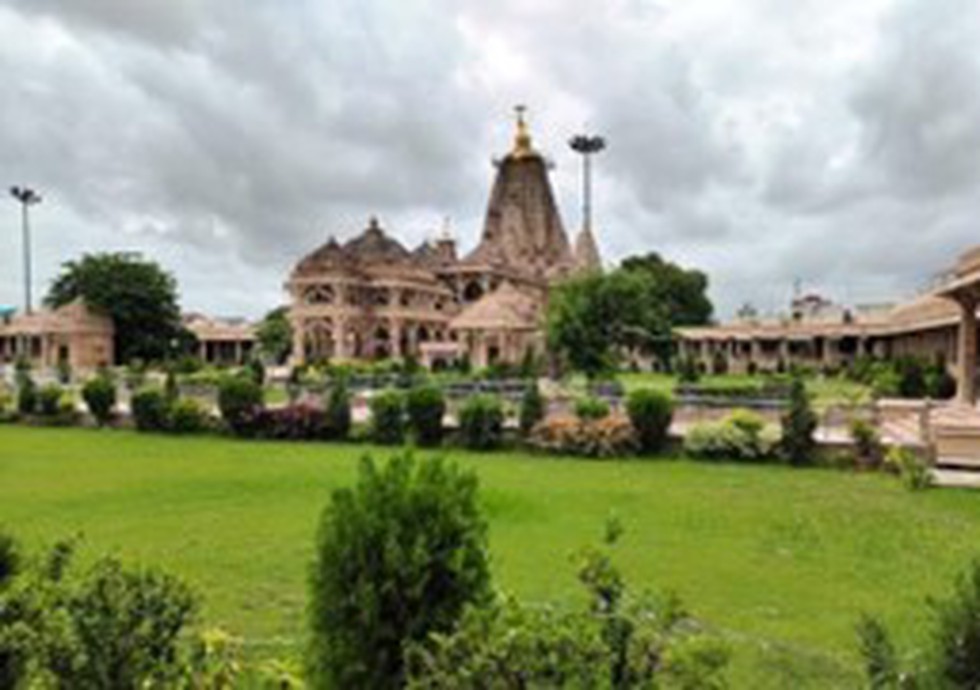
About Sanwariya Seth Temple:
- It is a Hindu temple dedicated to Lord Krishna, specifically to his beloved child form known as “Sanwariya Seth” or “Shyam Seth.
- Location: It is located in the village of Mandaphia in the Chittorgarh district of Rajasthan.
- It was built in 1840 A.D.
- Architecture:
- The temple follows the traditional architecture of Rajasthan, known for its intricate carvings, domes, and vibrant colors.
- The main structure of the temple is built using white marble.
- The temple is adorned with intricate carvings on the walls, pillars, and ceilings. These carvings depict scenes from Hindu mythology and various motifs.
- The temple features multiple domes that are adorned with decorative elements.
- The temple has a prominent spire, or shikhar, which is a tall, tapering structure that rises above the main sanctum.
- In the sanctum sanctorum of the temple, a black stone idol of Lord Krishna is installed.
- The temple has spacious pillared halls that provide a gathering space for devotees and visitors.
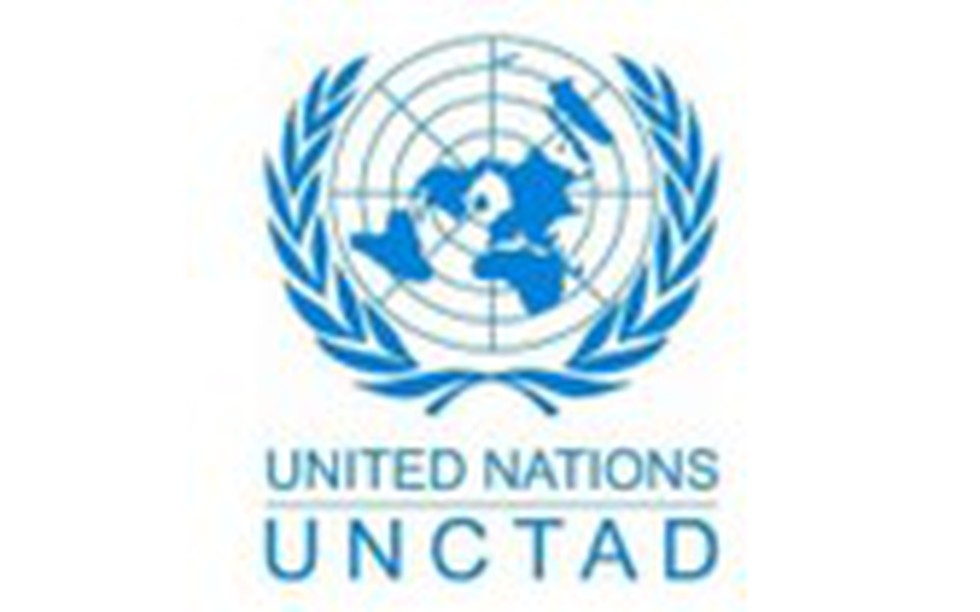
Key highlights of the review:
- Overall, the shipping industry contributes to over 80 percent of the world’s trade volume and nearly three percent of global greenhouse gas emissions.
- Containerised trade, which had declined by 3.7 per cent in 2022, is expected to grow by 1.2 per cent in 2023 and grow further by three per cent between 2024-2028.
- Oil and gas trade volumes showed robust growth in 2022, while tanker freight rates saw a strong revival driven by geopolitical events.
About the United Nations Conference on Trade and Development (UNCTAD):
- It is the UN’s leading institution dealing with trade and development.
- It is a permanent intergovernmental body established by the United Nations General Assembly in 1964.
- It supports developing countries to access the benefits of a globalised economy more fairly and effectively.
- It provides economic and trade analysis, facilitates consensus-building and offers technical assistance to help developing countries use trade, investment, finance, and technology for inclusive and sustainable development.
- Headquarter: Geneva, Switzerland.
- Reports published by the UNCTAD
- Trade and Development Report
- World Investment Report
- The Least Developed Countries Report
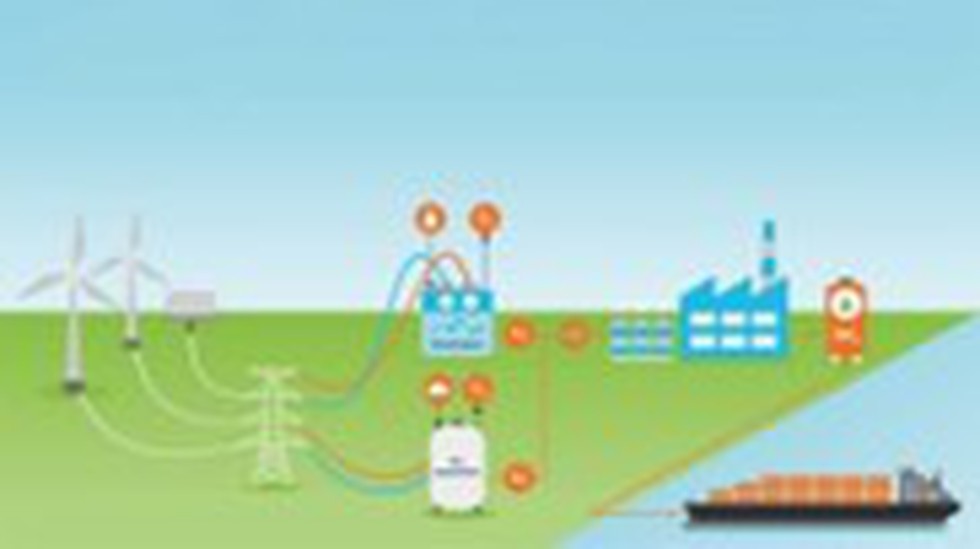
About Green Ammonia:
- It is produced by using hydrogen from water electrolysis and nitrogen separated from the air.
- These are then fed into the Haber process (also known as Haber-Bosch) which is powered by sustainable electricity.
- In the Haber process, hydrogen and nitrogen are reacted together at high temperatures and pressures to produce ammonia, NH3.
- Green ammonia production is where the process of making ammonia is 100% renewable and carbon-free.
- It can be used in
- Fuel for engines such as locomotives and shipping, replacing diesel and marine fuel oil
- Fuel source for electricity and power generation
- Building block to make fertilisers for use in agriculture;
- Feedstock for industrial and manufacturing applications ranging from water purification through to pharmaceuticals
Key facts about Ammonia
- It is a colourless, highly irritating gas with a sharp suffocating odor.
- It dissolves easily in water to form ammonium hydroxide solution which can cause irritation and burns.
- Ammonia gas is easily compressed and forms a clear, colorless liquid under pressure.
- It is usually shipped as a compressed liquid in steel cylinders.
- Ammonia is not highly flammable, but containers of ammonia may explode when exposed to high heat.
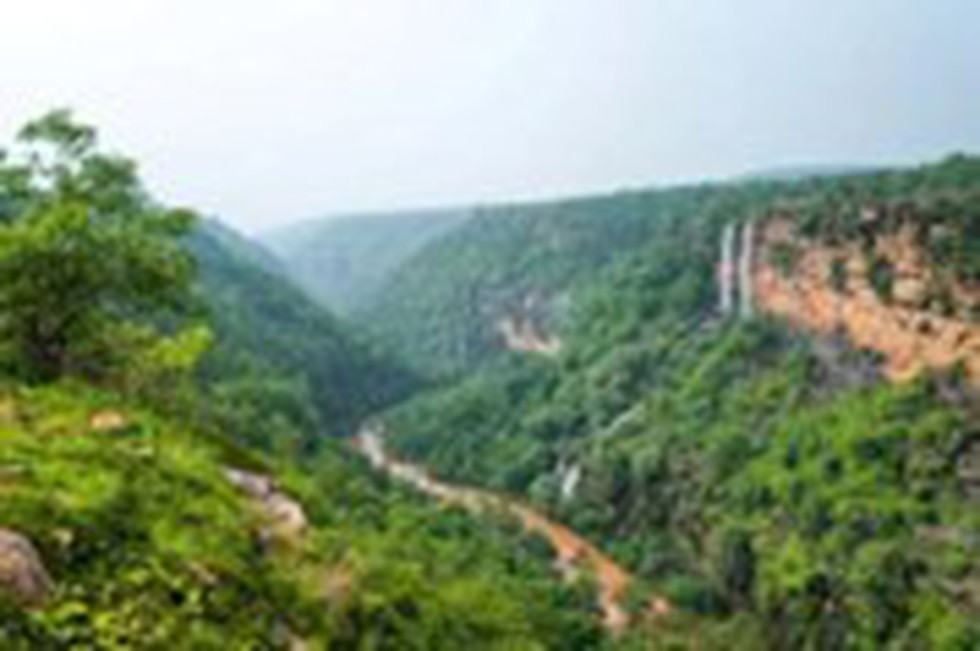
About Kaimur Wildlife Sanctuary:
- It is the largest sanctuarylocated in the Kaimur District of Bihar.
- It is nestled in the Vindhayachal hill ranges.
- The sanctuary forms a very important catchment for theKav, Sone, and Durgawati river systems, with important tributaries.
- It is connected with Chandraprabha Wildlife Sanctuary of UP, which again has links with Sanjay Dubri Tiger Reserve and Panna landscape in Madhya Pradesh through stepping stone forests of Marihan, Sukrit, Chunar ranges and wildlife sanctuaries of Ranipur (UP).
- Vegetation: This region has a thick covering of mosaic prairie, tropical dry deciduous backwoods, and swampy bogs.
- Fauna: The main animals found are Bengal tigers, Indian leopards, Indian boars, sloth bears, sambar deers, chitals, four-horned antelope and nilgais.
- Flora: The plants found here include Salai (BoswelliaSerrata), Siddha, Indian Rosewood (Sheesham), Jamun, Teak, Koraiya,Saal, and Jheengarare some species of plant life.
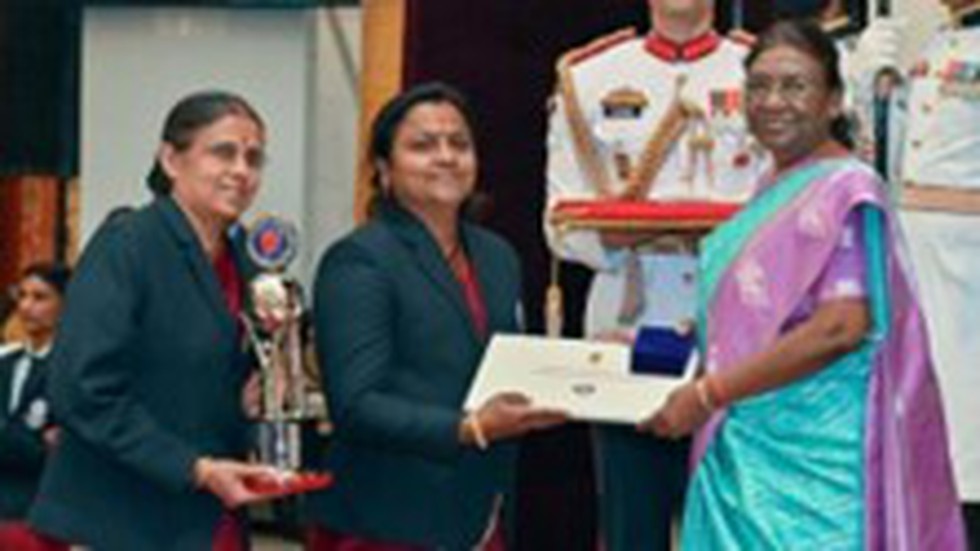
About the National Service Scheme Awards :
- These awards were instituted in the years 1993-1994. Since then, these awards are given away every year at various levels.
- Ministry of Youth Affairs & Sports, Department of Youth Affairs, confers every year the National Service Scheme Award.
- Objectives
- To recognize outstanding contribution by NSS student volunteers, NSS Programme Officers and the Programme Coordinators in community service.
- To encourage young NSS student volunteers to develop their personality through community service.
- To encourage the Programme Officers and the Programme Coordinators of NSS for catering the needs of National Service Scheme through the NSS volunteers.
- To motivate NSS Volunteers for continuing their selfless service towards community work.
What is the National Service Scheme?
- It is a Central Sector Scheme of the Government of India.
- It provides an opportunity to the student youth of the 11th & 12th Class of schools at +2 Board level and student youth of Technical Institution, Graduate & Post Graduate at colleges and University level of India to take part in various Government led community service activities & programmes.
- Motto: The motto of National Service Scheme is NOT ME BUT YOU
- Nodal Ministry: Ministry of Youth Affairs & Sports.
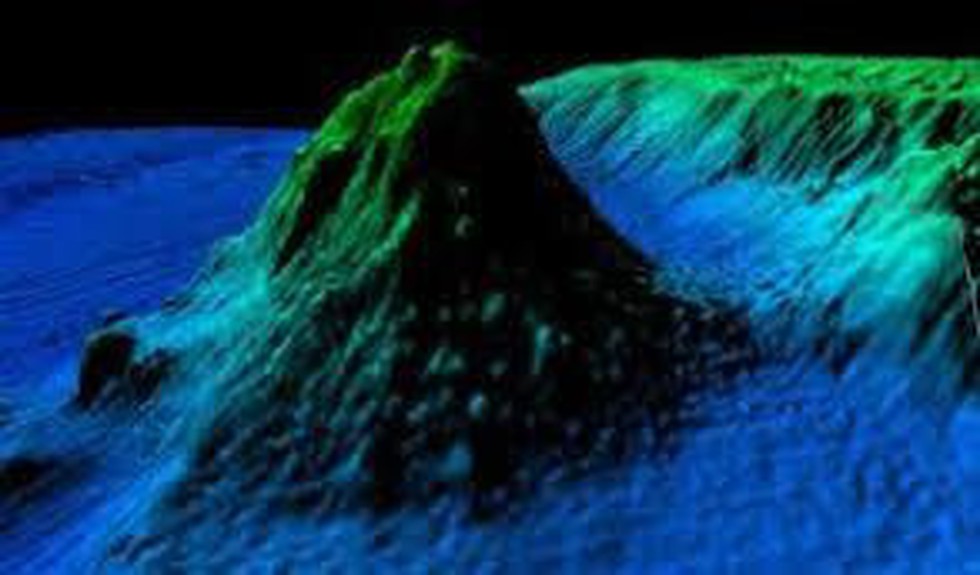
About Seamount:
- It is an underwater mountain formed through volcanic activity.
- These are recognised as hotspots for marine life. Like volcanoes on land, seamounts can be active, extinct, or dormant volcanoes.
- These are formed near mid-ocean ridges, where the earth’s tectonic plates are moving apart, allowing molten rock to rise to the seafloor.
- The planet’s two most-studied mid-ocean ridges are the Mid-Atlantic Ridge and the East Pacific Rise.
- Some seamounts have also been found near intraplate hotspots—regions of heavy volcanic activity within a plate—and oceanic island chains with volcanic and seismic activity called island arcs.
- These are formed when molten rock comes up from below the tectonic plate.
- Significance of seamounts
- They provide information about the mantle’s composition and how tectonic plates evolve.
- These are helpful in understanding their influence on how water circulates and absorbs heat and carbon dioxide.
- They are good places for life because they can cause localised ocean upwelling, the process by which nutrient-rich water from deep within the ocean moves up to the surface.
Key facts about Andaman Sea
- It is a marginal sea in the northeastern Indian Ocean.
- It is bound
- To the north, by the Irrawaddy River delta of Myanmar(Burma)
- To the east are peninsular Myanmar, Thailand, and Malaysia.
- To the south is the Indonesian island of Sumatra and the Strait of Malacca, and to the west are the Andaman and Nicobar Islands, which constitute a union territory of India.



.png)

























































































































































.png)
.png)
.png)
.png)
.png)


.png)
.png)
.png)





.png)
.png)






.png)
.png)
.png)
.png)
.png)
.png)
.png)
.png)
.png)

.png)







.png)
.png)
.png)
.png)


.png)

.png)
.png)





.jpg)

.png)
.png)


.png)

.png)
.png)
.png)

.jpg)

.jpg)


.png)

.png)
.png)
.png)
.png)
.png)
.png)
.png)
.png)
.png)
.png)




.png)

.png)





.png)
.png)
.png)
.png)
.png)
.png)
.png)
.png)
.png)
.png)
.jpg)
.jpg)

.png)
.png)
.png)
.png)
.png)
.png)
.png)
.png)
.png)
.png)
.png)
.png)
.png)
.png)
.png)
.png)
.png)
.png)
.png)
.png)
.png)
.png)



.png)
.png)

.jpg)
.jpg)


.jpg)
.jpg)
.jpg)
.jpg)
.jpg)

.jpg)








.jpg)
.jpg)
.jpg)
.jpg)
.jpg)

















.jpg)
.jpg)







.jpg)


















.jpg)
.jpg)






























































































.jpg)
.jpg)


























.jpg)

.jpg)










.jpg)








.jpg)




.jpg)










.jpg)


















.jpg)












































.jpg)














.jpg)
.jpg)
.jpg)





.jpg)

.jpg)
.jpg)





































































.jpg)


































.jpg)
.jpg)
















































.jpg)












.jpg)


.jpg)




.jpg)
.jpg)
.jpg)

.jpg)
.jpg)
.jpg)
.jpg)

.jpg)
.jpg)
.jpg)

.jpg)
.jpg)
.jpg)
.jpg)
.jpg)
.jpg)
.jpg)
.jpg)

.jpg)


.jpg)
.jpg)
.jpg)
.jpg)
.jpg)
.jpg)
.jpg)
.jpg)
.jpg)
.jpg)











.jpg)
.jpg)





.jpg)
.jpg)
.jpg)
























.jpg)
























.jpg)









.jpg)
.jpg)







.jpg)
.jpg)









































.jpg)
.jpg)
.jpg)
.jpg)
.jpg)

.jpg)
.jpg)
.jpg)
.jpg)
.jpg)


.jpg)
.jpg)
.jpg)
.jpg)
.jpg)

.jpg)
.jpg)
.jpg)
.jpg)
.jpg)
.jpg)
.jpg)
.jpg)
.jpg)
.jpg)
.png)

.png)
.png)

.png)
.png)
.png)
.png)


.jpg)
.jpg)

.jpg)
.jpg)
.jpg)

.png)
.png)
.png)
.png)
.png)
.png)
.png)

.png)
.png)
.png)
.png)
.png)
.png)
.png)
.png)
.png)
.png)





































































-min.png)



.png)




.png)








































